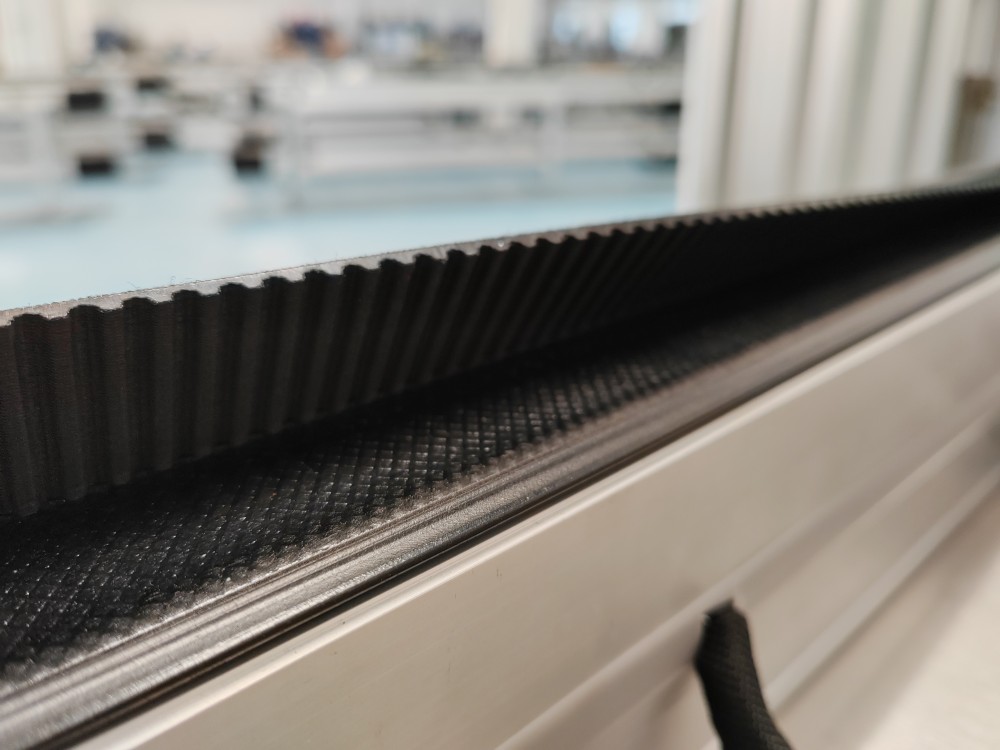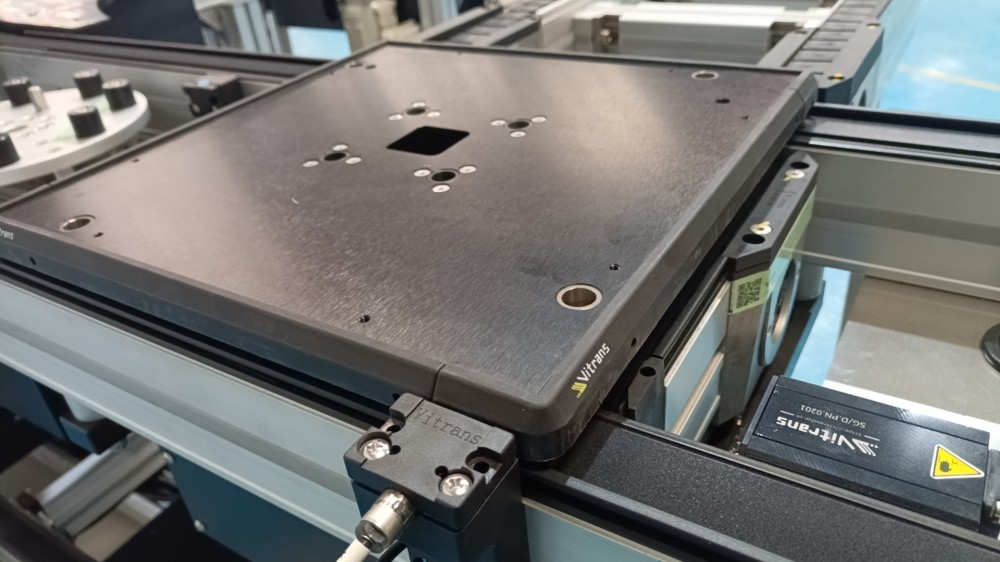The role, function and use of computer chips
The motherboard is one of the most important components in the computer, carrying the functions of the computer core running. But do you know that the implementation of the motherboard function depends largely on the role of the various chips on the motherboard. Novices are often overwhelmed by the in-depth chip and device internals of complex computer motherboards and complex pcb routing. What chips are what are used, what are the differences and connections between the various chips. I will explain these issues in detail for the following articles.
Motherboard chipset introduction:
The chipset is the core component of the motherboard. It is related to the operation of the CPU and other peripheral devices. The motherboard chipset is generally divided into the Northbridge and the Southbridge.

North Bridge Chip
In general, the name of the chipset is named after the name of the Northbridge chip, and the Northbridge chip is located near the CPU. The North Bridge chip is responsible for the connection with the CPU and controls the memory and PCI-E data transmission inside the North Bridge, providing the type and frequency of the CPU, the front-side bus frequency of the system, the type and maximum capacity of the memory, and the AGP/PCI-E slot. ECC error correction and other support, the Northbridge chip of the integrated chipset also integrates the display core.

South Bridge Chip
The south bridge chip is generally located on the motherboard below the CPU slot, near the PCI slot. This layout is based on the fact that it has more I/O buses connected, and it is better to route away from the processor. The South Bridge chip is responsible for communication between I/O buses, such as PCI bus, USB, LAN, ATA, SATA, audio controller, keyboard controller, real-time clock controller, advanced power management, etc. These technologies are generally relatively comparable. Stable, so the south bridge chip may be the same in different chipsets, the only difference is the Northbridge chip.

Intel has integrated the functions of many traditional Northbridge chips into the processor since the Nehalem processor, so the chipset on the 5 series motherboards that it works with is equivalent to the role of the enhanced version of the traditional South Bridge.
Third-party chip function introduction
In addition to the motherboard chipset, there are a large number of third-party chips on the motherboard, and many additional functions on the motherboard depend on these chips.


Audio chip
To make a sound, the computer must be supported by a sound card. The sound card is usually located near the I/O interface of the motherboard. The most common onboard sound card is Realtek's sound card product (the chip with the crab logo printed on it), the name is mostly ALC XXX, behind The number represents how well the sound card chip supports several channels. There is a certain demand for platform sound, but there is no budget to buy an independent sound card. When purchasing a motherboard, you must pay more attention to the sound card.


Onboard NIC
The onboard NIC is the chip on the motherboard that supports the Internet function. The RJ45 interface on the backplane of the motherboard corresponds to the chip. The chip is usually located near the backplane of the motherboard. Realtek's NIC products are still the mainstream of onboard NICs, and the model becomes RTL XXX. However, there are also high-end products using Intel's network card chip, claiming to have better network performance.
Tips: At present, many motherboards claim to use Gigabit NICs. This Gigabit NIC means that the NIC transmission rate is 1000M per second. Generally, Gigabit NICs are used for servers with fast data transmission requirements. I am afraid that the full bandwidth is difficult. Therefore, consumers are not to be fooled by Gigabit NICs when they purchase motherboards.

Some motherboards also have a chip with a small crab, which is actually a frequency generator. With this chip, the frequency control and adjustment are more accurate, and there is a greater choice of space, which is more advantageous for overclocking.

NEC USB3.0 control chip



USB 3.0 control chip
Since the popularity of the USB 3.0 interface has been heating up since last year, the USB 3.0 interface will soon become the standard for the motherboard, but all USB 3.0 interfaces are currently implemented through third-party chips. These are the four USB 3.0 control chips that are very common at present.

This chip is very common on the latest 6 series motherboards, used to convert PCI-E bandwidth to PCI bandwidth, and provides support for two PCI interfaces to compensate for the P67/H67 not supporting PCI interface.

Marvell SATA3 chip
At present, the biggest bottleneck of the platform is the transmission rate of the hard disk. Therefore, when the chip manufacturer has not natively supported the SATA3 interface, the third-party Marvell SATA3 chip is very popular, even if the 6 series motherboard natively supports SATA3, Marvell's SATA3 chip. Still exist.

Clock generator
The clock generator is a chip on the motherboard close to the memory slot. The word ICS is found on the right side of the clock generator, and then the bottom line of the word is the model number. The function is 1. Provide an initialization clock signal when the motherboard is started, so that the motherboard can be started; 2. When the motherboard is running normally, provide clock signals required by various buses to coordinate the clock frequency of the memory chip. If the clock generator chip or crystal oscillator is broken, the system may not start or may not operate properly.
Timing Belt Conveyor: Precision and Efficiency Unleashed
In the realm of conveyor systems, the integration of timing belt conveyors marks a paradigm shift towards precision and efficiency. As a critical component, timing belt conveyors redefine automated processes, ensuring seamless material handling across various applications.

Precision Timing in Automation
The heartbeat of automated conveyors, timing belt conveyors play a pivotal role in maintaining precision throughout the material handling process. This is especially crucial in assembly line conveyors and factory setups, where accurate synchronization is essential for the success of automated operations.
Versatile Handling Solutions
Timing belt conveyors offer versatility in handling a myriad of materials. From tray conveyors to battery conveyors, their adaptability enhances the efficiency of production lines. The timing belt, in conjunction with conveyor motors, facilitates controlled and synchronized movements, ensuring optimal production flow.
Engineering Excellence and Design
Precision in design sets timing belt conveyors apart. The intricate engineering of these conveyors, coupled with conveyor positioning technology, guarantees accurate location and rotation of materials. The result is a conveyor system that aligns with the unique needs of each industry, contributing to streamlined production processes.
Timing Belt Conveyor in Vitrans Systems
Vitrans pioneers the use of timing belt conveyors in conveyor system designs, setting new standards in industrial automation. Compared to competitors like Bosch, Dorner, and Flexlink, Vitrans excels not only in quality but also in affordability. Our timing belt conveyor systems showcase a perfect blend of engineering excellence and cost-effectiveness.

Vitrans Advantage: Precision and Competitive Pricing
Choosing Vitrans means opting for a conveyor system that prioritizes precision and efficiency. The timing belt conveyor designs ensure optimal material transport, positioning, and rotation, contributing to an elevated production experience. Vitrans stands out with competitive pricing, providing manufacturers with an advantageous blend of quality and affordability.
Elevate Efficiency with Vitrans Timing Belt Conveyors
In conclusion, the application of timing belt conveyors signifies a significant advancement in conveyor system technology. Vitrans, as a leading manufacturer, propels industrial automation forward by incorporating precision timing into its conveyor designs. Choose Vitrans for a conveyor system that not only meets but exceeds industry standards, providing an unparalleled combination of precision, efficiency, and affordability.
Notonthehighstree Notonthehighstree Notonthehighstree Notonthehighstree,Deadend
2222Bossgoo(China)Tecgnology.(Bossgoo(China)Tecgnology) , https://www.cn-gangdao.com